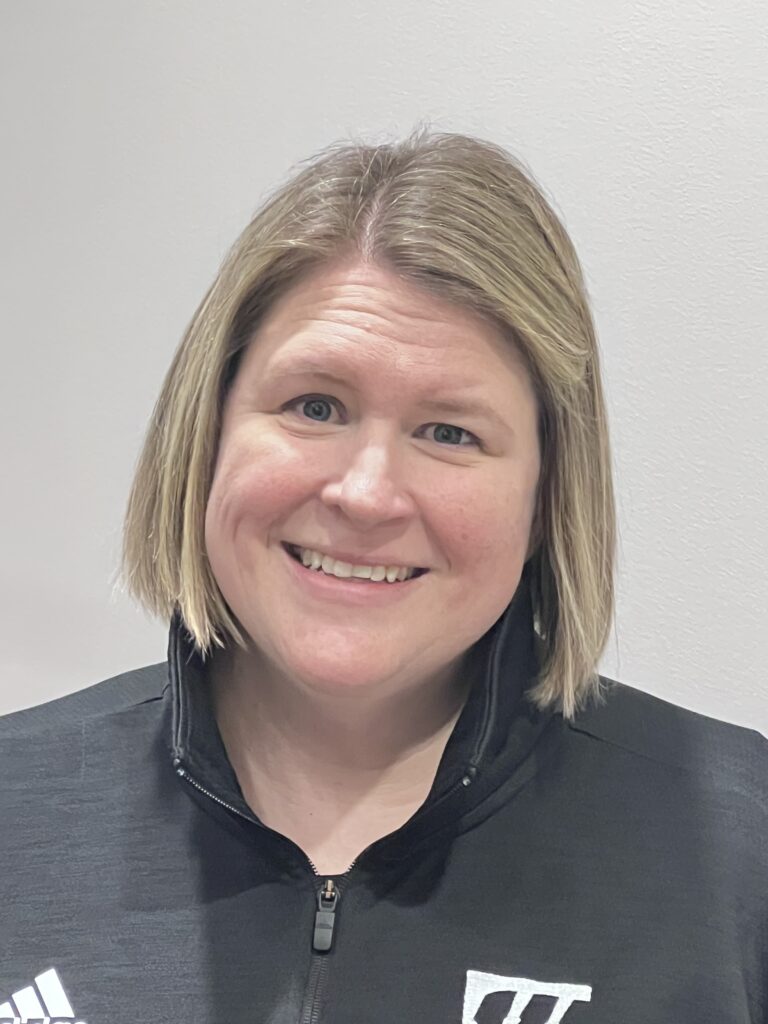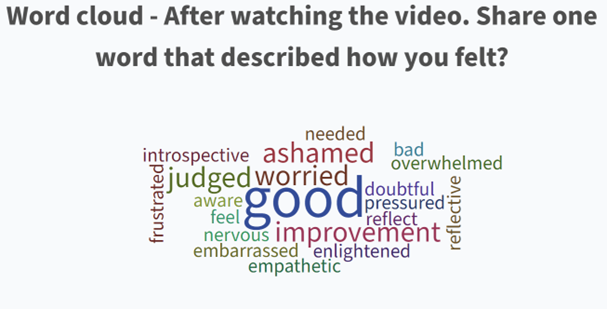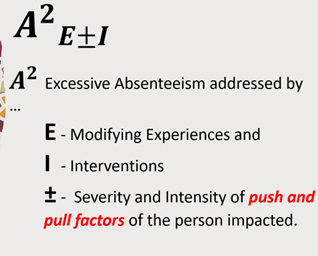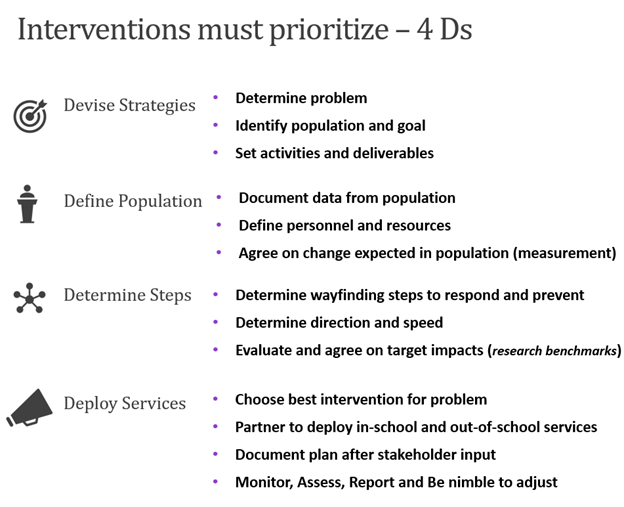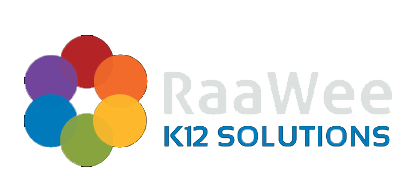Summary
Mr. Carampatan from Aldine ISD presented strategies to boost student attendance and combat absenteeism, emphasizing the importance of RaaWee K12 Attendance+ tools. The district saw a 1.08% increase in ADA, with 52% of campuses achieving at least a 1% growth. RaaWee’s warning letters and attendance contracts significantly improved attendance. The district’s plan involved data-driven decisions, weekly monitoring, Triad’s parental support, and monthly rewards to boost attendance.
Data-Driven Absenteeism Reduction
Aldine ISD implemented RaaWee K12 Attendance+ to enhance student attendance across 83 campuses. After a year of use, the district saw a 1.08% increase in Average Daily Attendance (ADA), with 52% of campuses achieving at least a 1% improvement. Automated warning letters and attendance contracts played a crucial role in this success.
Stakeholder Collaboration and Strategic Planning
Aldine emphasized a structured approach by defining roles, engaging stakeholders, and leveraging data from E-School for decision-making. Weekly monitoring, structured support, and positive reinforcement, such as financial incentives and monthly competitions, sustained progress.
Targeted Attendance Support for Schools
To address varying attendance challenges, campuses were categorized using SAC criteria. Schools with higher absenteeism received tailored action plans and additional support to drive improvement.
Utilizing RaaWee K12 Attendance+ for Effective Interventions
RaaWee K12 Attendance+ streamlined attendance tracking, automated alerts, and ensured timely interventions. The district also partnered with Triad, a Harris County service, to provide parental training and prevent truancy.
Sustaining a Culture of Accountability
Aldine ISD ensured a smooth implementation through clear communication and phased rollouts. By celebrating successes and refining strategies, the district continues to foster a culture of accountability and engagement, applying consistent attendance policies across all grade levels.
About the Presenter
Paul Carampatan, Director of School Administration at Aldine ISD.
Paul Carampatan is dedicated to student success as the Director of Student Services at Aldine ISD in Texas. He oversees programs that support diverse student needs and focuses on equity and access.
With over a decade of experience in educational administration, Paul collaborates with teachers, parents, and community partners to foster a supportive environment. He advocates for mental health awareness and social-emotional learning.
In his free time, Paul enjoys family activities and exploring Texas’s cultural diversity, making a positive impact on Aldine ISD students.



